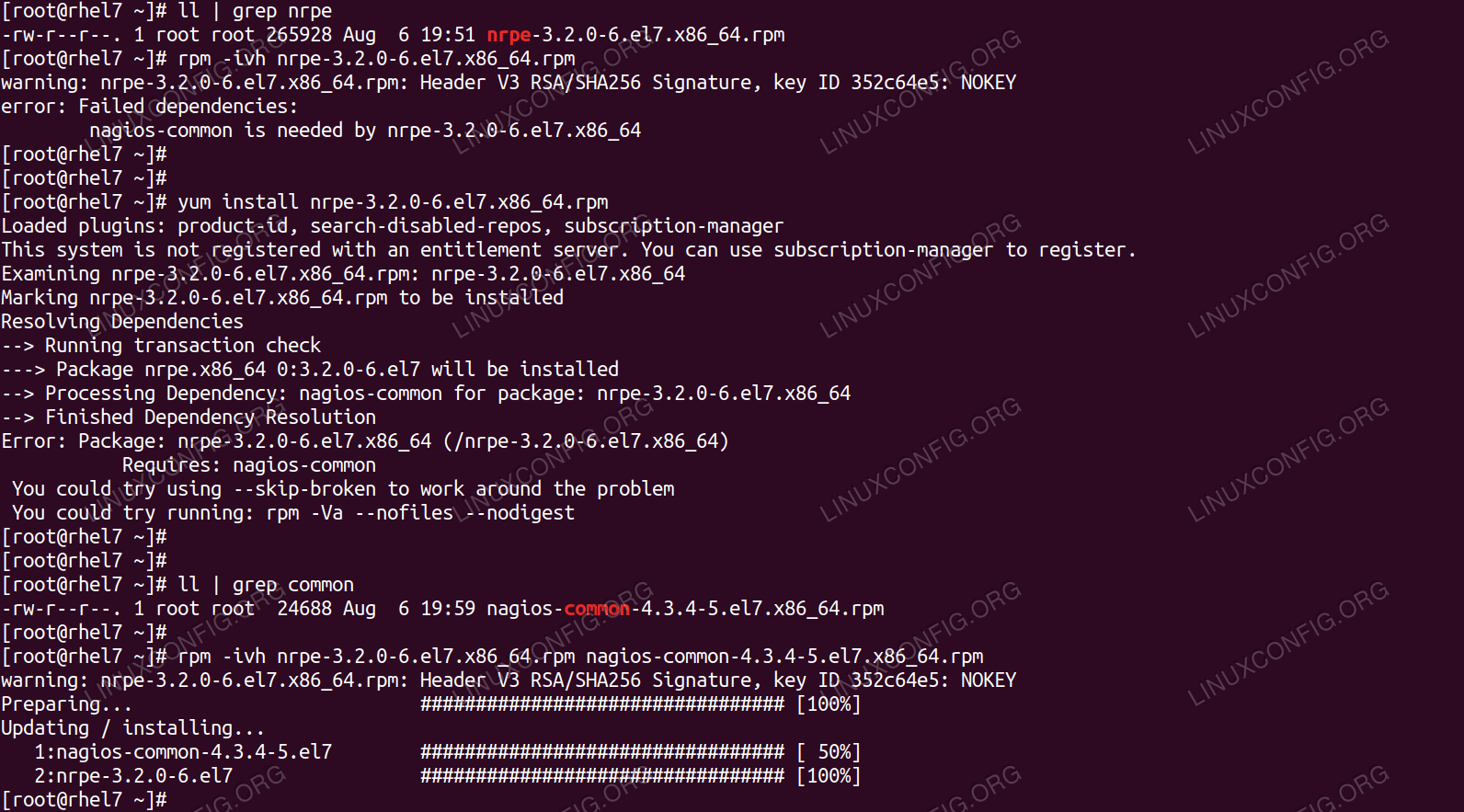

The following command will show you whether the OpenJDK 11

To query (search) whether a certain package is installed, pass the package name to the rpm -q command. The -q option tells the rpm command to run a query. It only shows whether the command would work or not: sudo rpm -Uvh -test package.rpm Querying RPM Packages # The -test option tells rpm to run of installation or removal command without actually doing anything.

The -nodeps option is also useful when you want to remove a package without removing its dependencies: sudo rpm -evh -nodeps package.rpm To remove (erase) an RPM package, use the -e option: sudo rpm -e package.rpm To install an RPM package without having all the required dependencies installed on the system, use the -nodeps option: sudo rpm -Uvh -nodeps package.rpm You will have to download and install all dependencies manually.Īpt Command in Linux: Examples for Ubuntu and Debian If the package you are installing or updating depends on other packages that are not currently installed, rpm will display a list of all missing dependencies. If the package is not installed it will be installed: sudo rpm -Uvh package.rpm To upgrade an RPM package, use the -U option. You can skip the downloading part and provide the URL to the RPM package to the rpm command: sudo rpm -ivh The -v option tells rpm to show verbose output and the -h option to show the hash marked progress bar. To install an RPM package with the rpm, use the -i option, followed by the package name: sudo rpm -ivh package.rpm Be extra careful when replacing or updating important system packages, like glibc, systemd, or other services and libraries that are essential for the proper functioning of your system. , make sure they are built for your system architecture and your CentOS version You should always prefer using yum or dnf over rpm when installing, updating, and removing packages.īefore installing an RPM package, you must first download the package on your system using a browser or command-line tools like curl Usually, to install a new package on Red Hat based distributions, you’ll use either yum or dnf commands, which can resolve and install all package dependencies. Installing, Updating and Removing RPM Packages # In this tutorial, we will talk about how to use the rpm command to install, update, remove, verify, query, and otherwise manage RPM packages. An RPM Package consists of an archive of files and metadata including information such as dependencies and install location. The RPM Package Manager (RPM) is a powerful package management system used by Red Hat Linux and its derivatives such as CentOS and Fedora.


 0 kommentar(er)
0 kommentar(er)
